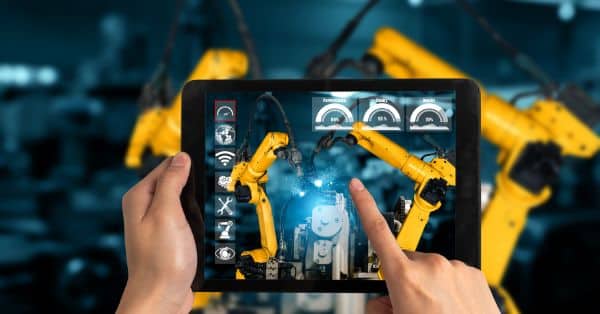Magazine
- March 23, 2024
This edition is dedicated to “Shaping the Future with Connectivity and Tech,” a theme that truly encapsulates the transformative power of technology in our lives. In this edition, we delve into the multifaceted world of 5G, AI, AR/VR, IoT, and other emerging technologies rapidly revolutionizing various aspects of our society, from our workplaces to our shopping experiences to industrial sectors.
Magazine
- March 23, 2024
This edition is dedicated to “Shaping the Future with Connectivity and Tech,” a theme that truly encapsulates the transformative power of technology in our lives. In this edition, we delve into the multifaceted world of 5G, AI, AR/VR, IoT, and other emerging technologies rapidly revolutionizing various aspects of our society, from our workplaces to our shopping experiences to industrial sectors.















































